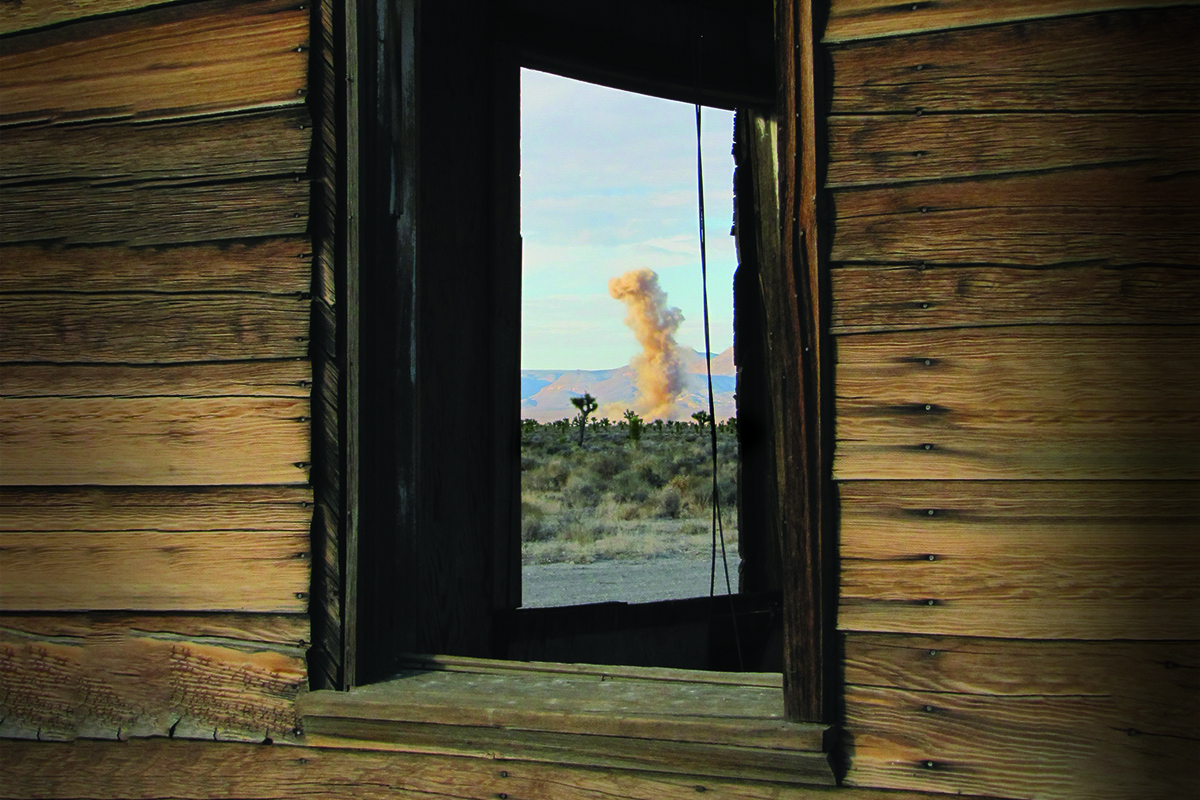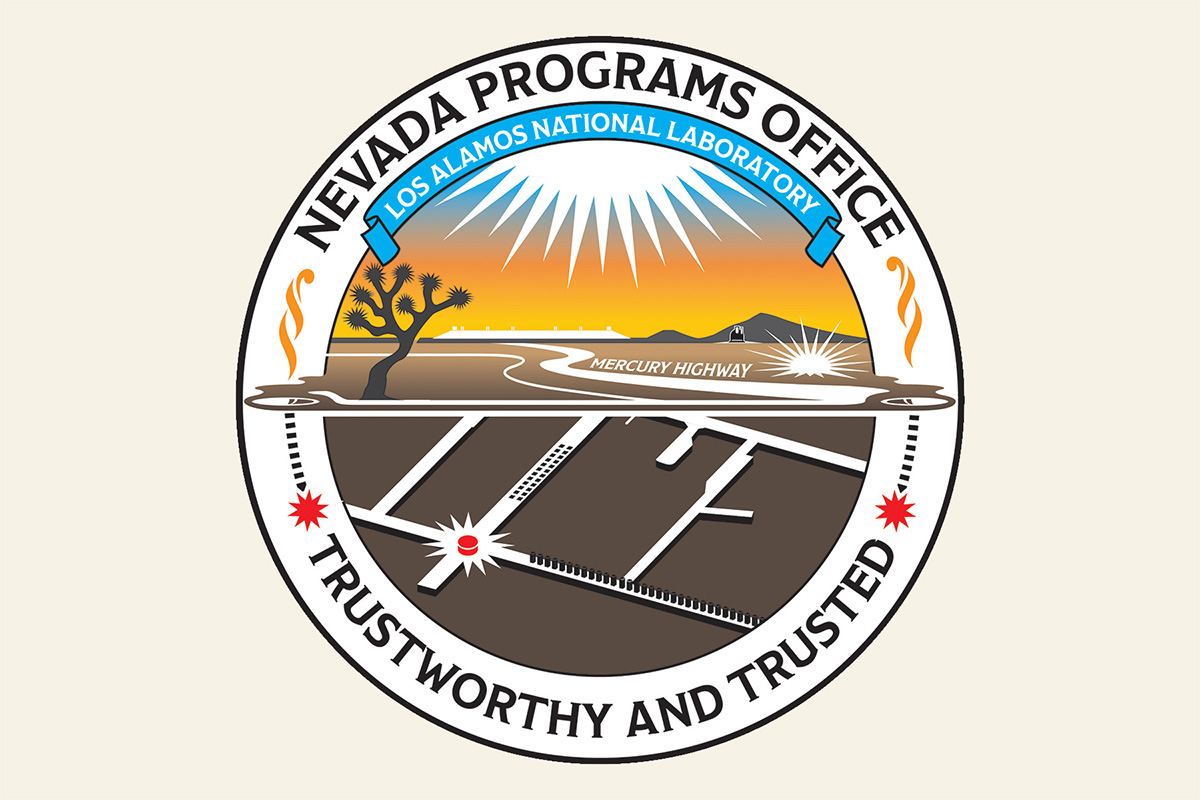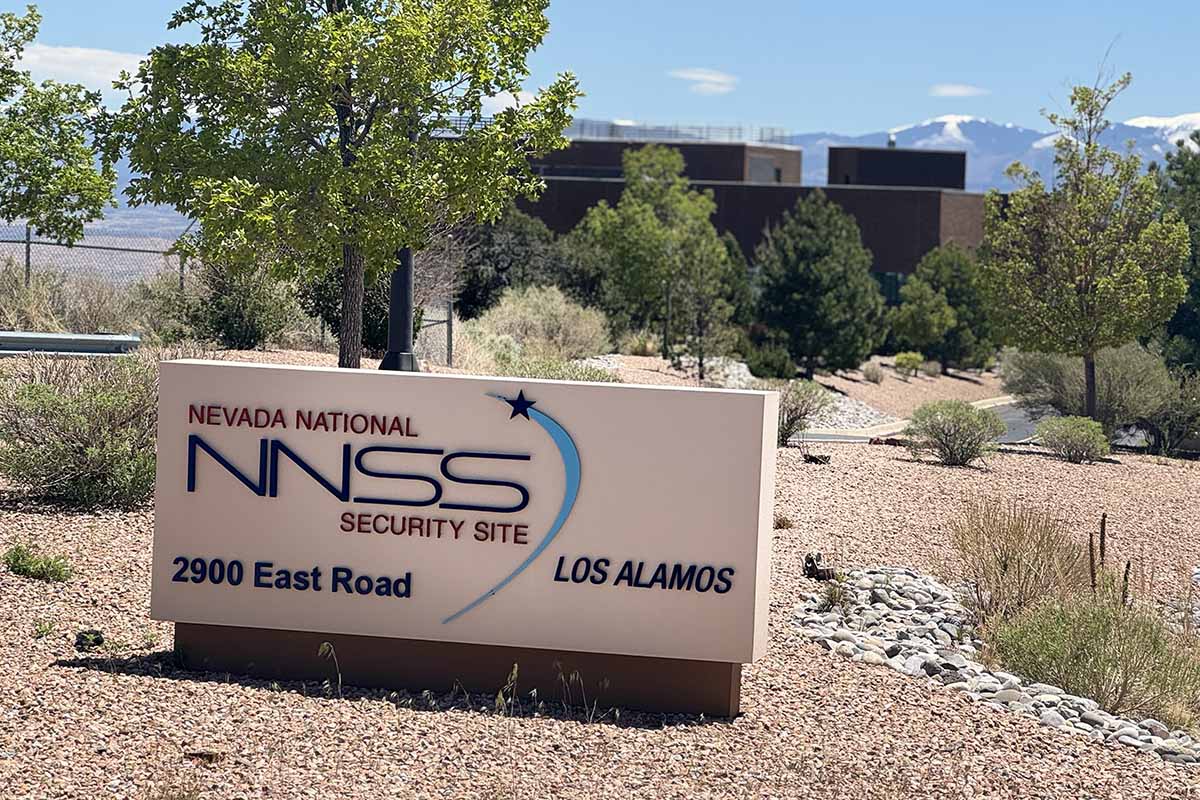Answers from underground
Subcritical experiments below the Nevada desert ensure reliable nuclear weapons.
- Jill Gibson, Communications specialist
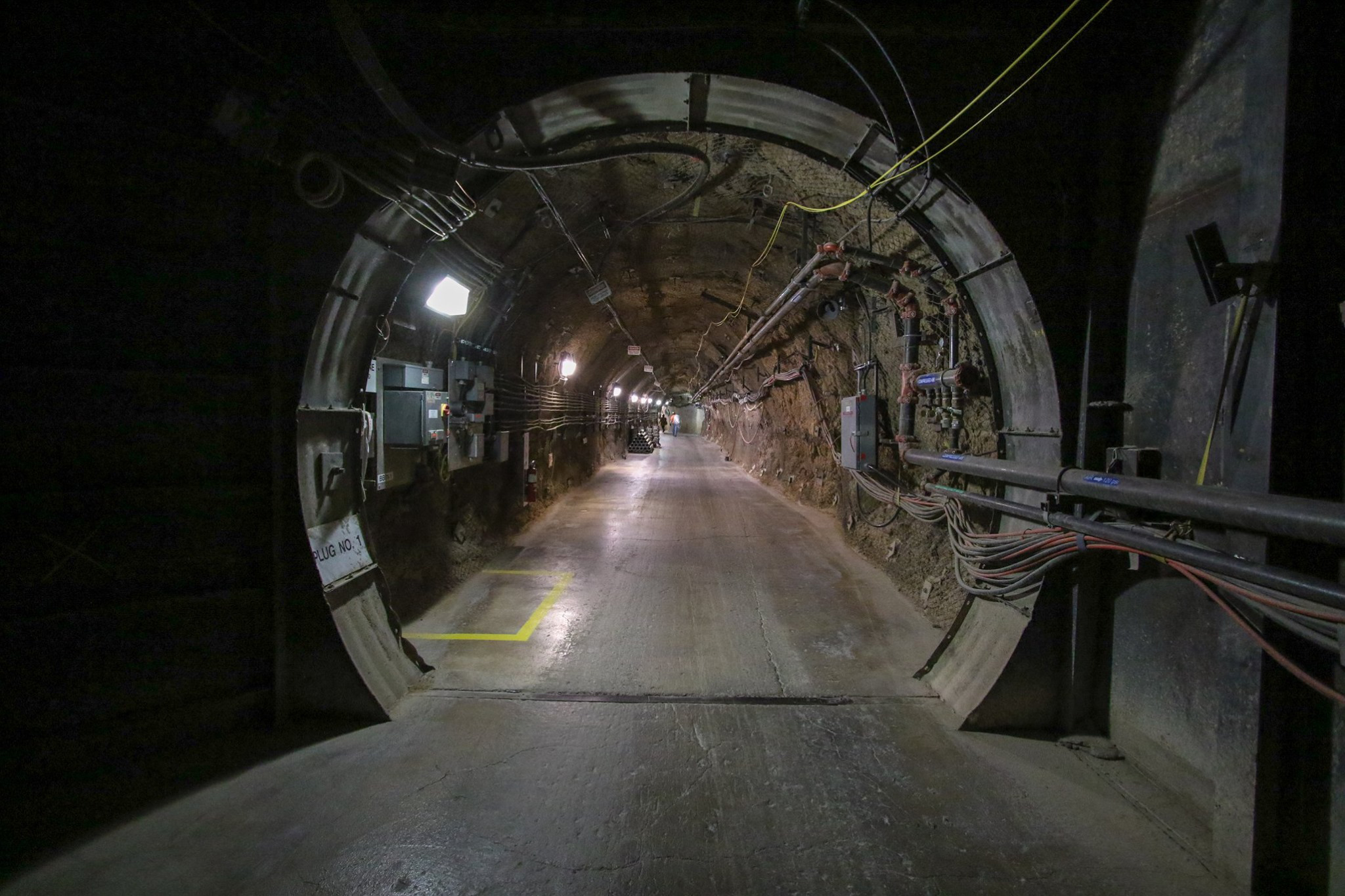
“On shot day, once everything is a go, I go over to the control room to execute the experiment. We have a two-minute countdown. To me, that’s the most exciting part about being a test director. I hear the countdown continue ... ten, nine, eight, seven. I'm sitting on the edge of my seat thinking, 'Come on, just a few more seconds. Let’s get this thing off.' Four, three, two, one, zero time.”
—Don Bourcier, retired Los Alamos group leader, engineer, and subcritical experiment test director
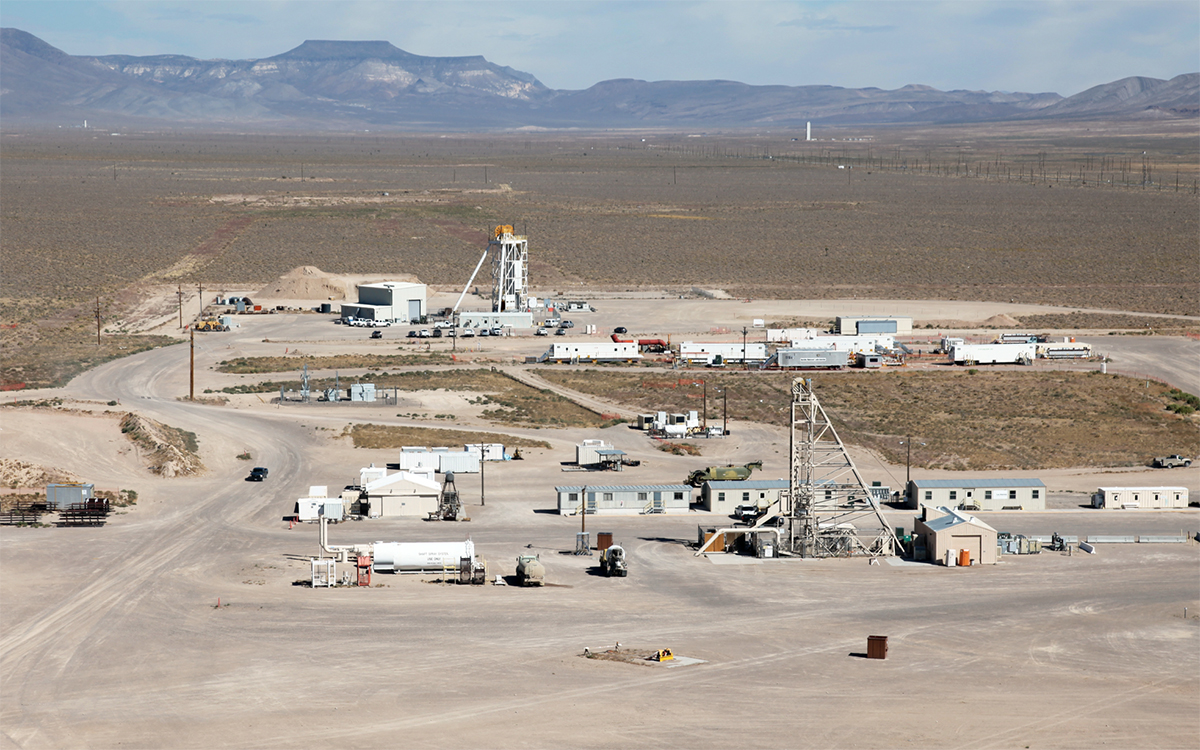
Nearly 1,000 feet below the Nevada desert, scientists and engineers are conducting groundbreaking nuclear weapons research. Subcritical experiments, or “subcrits” for short, play a crucial role in ensuring national security.
“Subcritical experiments are a key part of the science-based Stockpile Stewardship Program, which is the way America ensures that our nuclear weapons are safe, secure, and reliable—without conducting full-scale nuclear weapons tests,” says Don Haynes, senior director of Los Alamos National Laboratory’s Nevada Programs Office. “Los Alamos is leading the national effort to enhance our subcritical experimental capabilities, while at the same time continuing to conduct complex subcritical tests.”
Subcritical experiments allow researchers to evaluate the behavior of nuclear materials (usually plutonium) in combination with high explosives. This configuration mimics the fission stage of a modern nuclear weapon. However, subcrits remain below the threshold of reaching criticality. No critical mass is formed, and no self-sustaining nuclear chain reaction occurs—there is no nuclear explosion.

“In the absence of full-scale testing, subcrits are our only source of ground truth on explosively driven plutonium, which is plutonium that’s compressed by explosives,” says Los Alamos physicist and subcritical experiment diagnostic coordinator Chris Frankle.
Although subcrits don’t create self-sustaining nuclear reactions, in many ways, they harken back to the days of full-scale nuclear testing. Since the 1992 moratorium on full-scale nuclear testing, subcrits have provided valuable data related to weapons design, safety, materials, aging, and more. This information helps scientists determine if America’s nuclear weapons will work as intended. The tests have also bolstered researchers’ understanding of nuclear physics and have provided scientists with data to evaluate new weapons designs.
Because of international treaties and government regulations, subcrits—which are designed by scientists at Los Alamos and Lawrence Livermore national laboratories—are conducted in a subterranean facility at the Nevada National Security Sites (NNSS). The Principal Underground Laboratory for Subcritical Experimentation, or PULSE (formerly known as U1a), is where scientists conduct experiments using explosively driven plutonium in weapons-relevant quantities. Currently, the facility houses one active subcritical test bed (area for experiments), Cygnus. Two more test beds—ZEUS and Scorpius—are under development as part of a modernization and expansion effort called the Enhanced Capabilities for Subcritical Experiments (ECSE) initiative.
“Subcritical experiments are important to the nation because they provide some of the national security weapons data that the full-scale weapons tests used to give us,” says retired Los Alamos group leader and engineer Don Bourcier, who served as the test director for multiple subcritical experiments. “The national laboratories needed to answer all these questions about the nuclear weapons stockpile. And without full-scale nuclear weapons testing, we had to devise a different methodology to do that. So, we came up with subcritical experiments.”
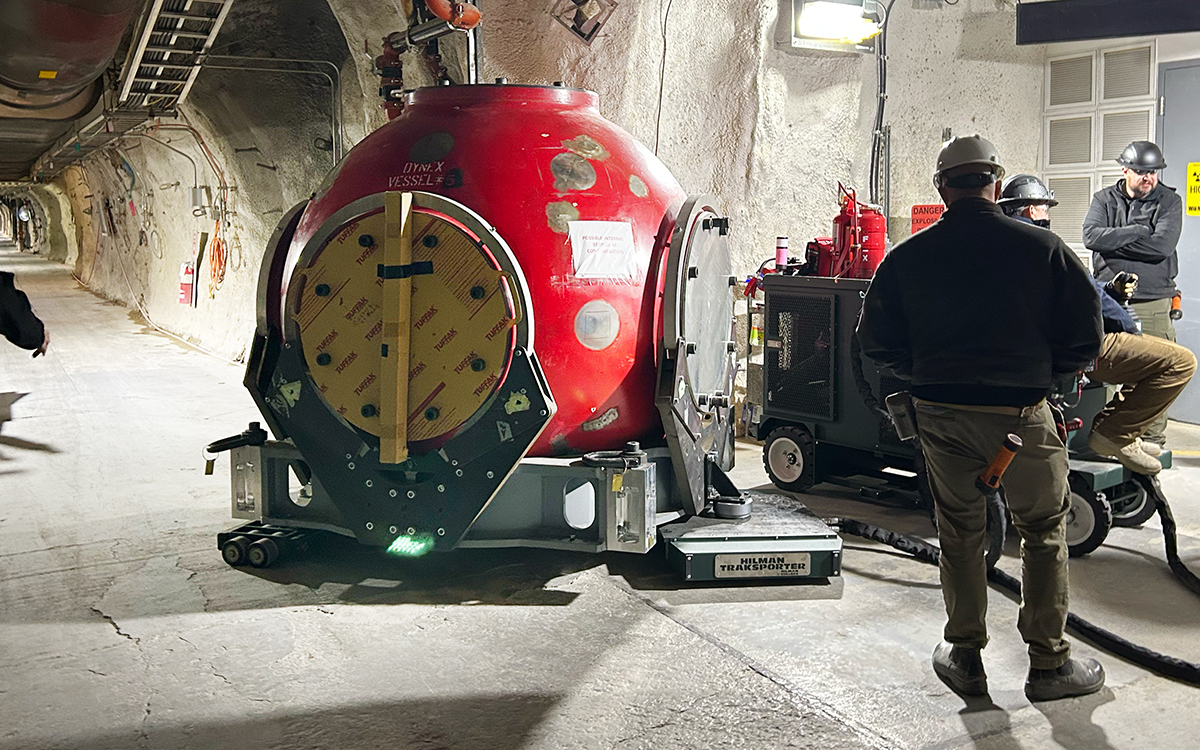
How it started
The underground facility where subcrits are conducted dates back to 1968, when two shafts were drilled for a proposed underground test. One of those boreholes was named U1a. Scientists canceled the originally planned detonation, but 20 years later, a horizontal tunnel was added for Ledoux, a full-scale nuclear test carried out in 1990. Following the 1992 moratorium on full-scale testing, Ron Cosimi, a Los Alamos engineer and former underground test director, says he suggested repurposing the underground facility, then referred to as U1a, for a new kind of experiment. “We needed a way to continue getting information about the weapons in the stockpile,” Cosimi says. “We had to prove we could do something, and we could learn something.” From there, subcrits were born.
In the 1990s, the U.S. Department of Energy expanded and modernized the U1a facility to house subcrits. Now the sophisticated underground laboratory, which was renamed PULSE in 2024, consists of a maze of horizontal tunnels and alcoves, nearly two miles in length. PULSE is accessed via two vertical shafts through which elevators transport personnel and equipment approximately 1,000 feet down. A third vertical shaft provides ventilation, instrumentation and utility access, and an emergency exit, and a fourth borehole will support power and cooling for Scorpius.
The first subcritical experiments at the facility were conducted in single-use alcoves mined into the walls. After an experiment, the alcove was sealed and filled with grout to prevent the escape of any radioactive material. (Although subcrits do not produce self-sustaining nuclear reactions, precautions must be taken whenever working with high explosives and nuclear materials.) That meant that when this type of testing first started, every time scientists conducted a subcrit, they had to start over with a new alcove. “While the data we obtained wasn’t as sophisticated and extensive as today’s standards, we proved we could do this and keep the testing capability alive,” Cosimi says.
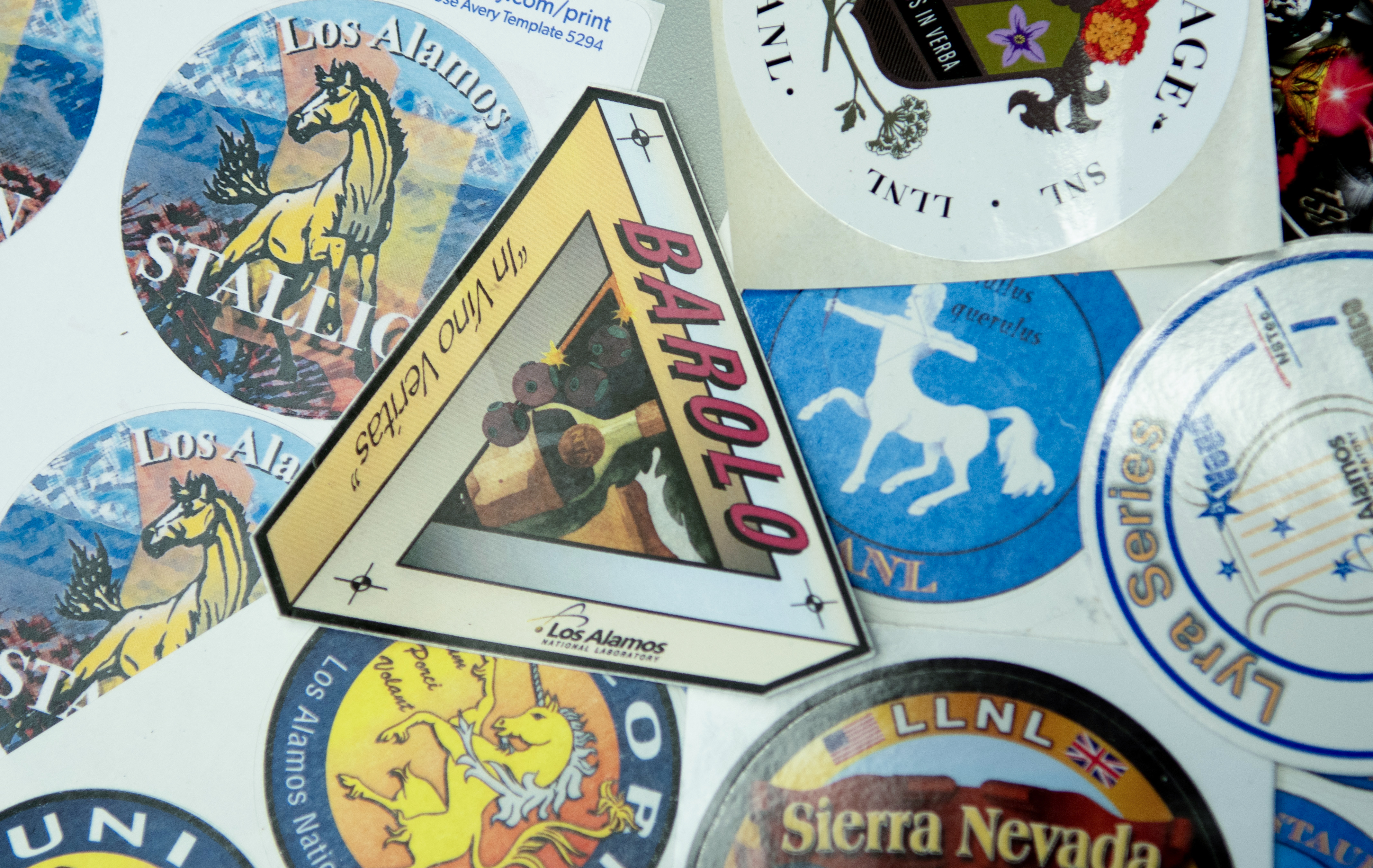
Next, scientists conducted “drift downhole tests,” which involved boring a small vertical shaft inside one of the facility’s tunnels, inserting a device into that hole, filling the hole with layers of dirt, gravel, grout, and plugs of concrete, and then detonating the device. “Then we would move 20 feet away in the same tunnel and mine another vertical shaft,” Bourcier says.
In 2003, scientists added two pulsed x-ray radiography sources, called Cygnus, to the complex. Although originally planned for a single experiment, Cygnus has entered its third decade as a principal diagnostic for subcritical experiments. It uses pulsed power to create medium energy x-rays that pass through the device being tested. The resulting high-resolution images of explosively driven materials provide information on motion, density changes, implosion symmetry, and more.
Cygnus is located next to a mined space known as a “zero room,” where implosions take place within steel containers called confinement vessels to prevent the release of radiological material. This approach, which continues today, allows the room to be reused for every experiment and ensures that even if a test causes a small leak of radioactive material, the radioactivity will be confined and contained. Following each experiment, the vessels are “entombed”—placed at the end of a tunnel and permanently sealed off from the rest of the facility. This means the machine and the underground research area can be reused.
How it’s going
Los Alamos engineer Joseph Martz explains that “PULSE has revolutionized scientists’ ability to understand and assess how nuclear weapons function—in essence, we’ve built a state-of-the-art plutonium-testing laboratory in a mine.”
Martz’s long tenure at Los Alamos—he started at the Lab during the testing era in the 1980s—provides perspective on how much has changed over the decades. “Nuclear testing was a wonderful tool, but it was also the world’s biggest shortcut,” Martz says. “It meant that we didn’t have to understand all the details of a nuclear weapon and how it functions. We detonated it to see if it worked.”
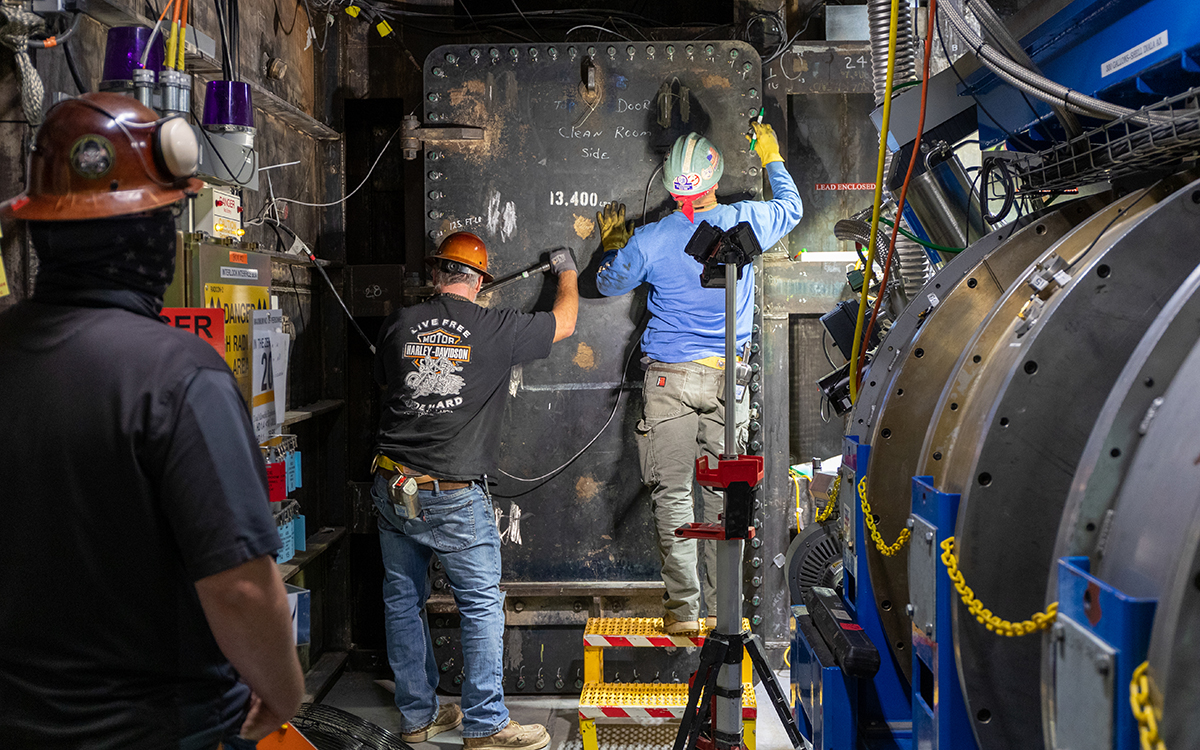
Now, Martz says, with subcrits (and other nonnuclear experiments like those conducted at Los Alamos’ Dual-Axis Radiographic Hydrodynamic Test facility and Livermore’s National Ignition Facility), scientists obtain the experimental data needed to validate the supercomputer calculations used to model effects from weapons aging, materials changes, new designs, and other aspects that could impact weapons performance. “This stockpile stewardship approach enables weapons designers to make technically sound judgments about a weapon's performance without any new nuclear tests,” Martz says.
Today, more than 30 subcritical experiments have been conducted at PULSE, and scientists say the demand for subcritical experiments is growing. Subcrits continue to provide the data used to validate the advanced computer models that predict multiple aspects of weapons, components, and materials performance and weapons and materials aging. “Over the years, our diagnostics have improved exponentially,” Bourcier says. “With more advanced diagnostics, we can capture more data points.”
Russ Olson, Los Alamos program director for Nevada Weapons Experiments, says numerous factors impact the importance of the subcrit program. “We are dealing with plutonium aging; America’s military and strategic needs are changing; we are developing new designs and new manufacturing processes—we will need subcrits to test things and ensure the validity of our computer codes.” That’s why the subcrit program is expanding. “The whole impetus is to establish new measurement abilities and to execute subcrits at a higher cadence,” Olson says. “We are evaluating new concepts and answering new questions regarding weapons design.”
To support these goals, two new subcritical experiment systems are in development. New machines, called ZEUS and Scorpius, will allow researchers to conduct subcritical experiments of different sizes and scales with comprehensive diagnostic coverage. Like Cygnus, the new devices will each have their own dedicated experimental area (or test bed) within the PULSE facility.
Dave Funk, the vice president for ECSE at NNSS, says the concept of developing enhanced subcritical capabilities dates back more than a decade. “In 2014, the nuclear security enterprise established the need to increase understanding about how plutonium behaves in the late stages of an implosion,” he says. “These new capabilities will reduce uncertainty, provide greater assurance of reliable performance, and ensure we can get the data we need without returning to full-scale nuclear testing.”
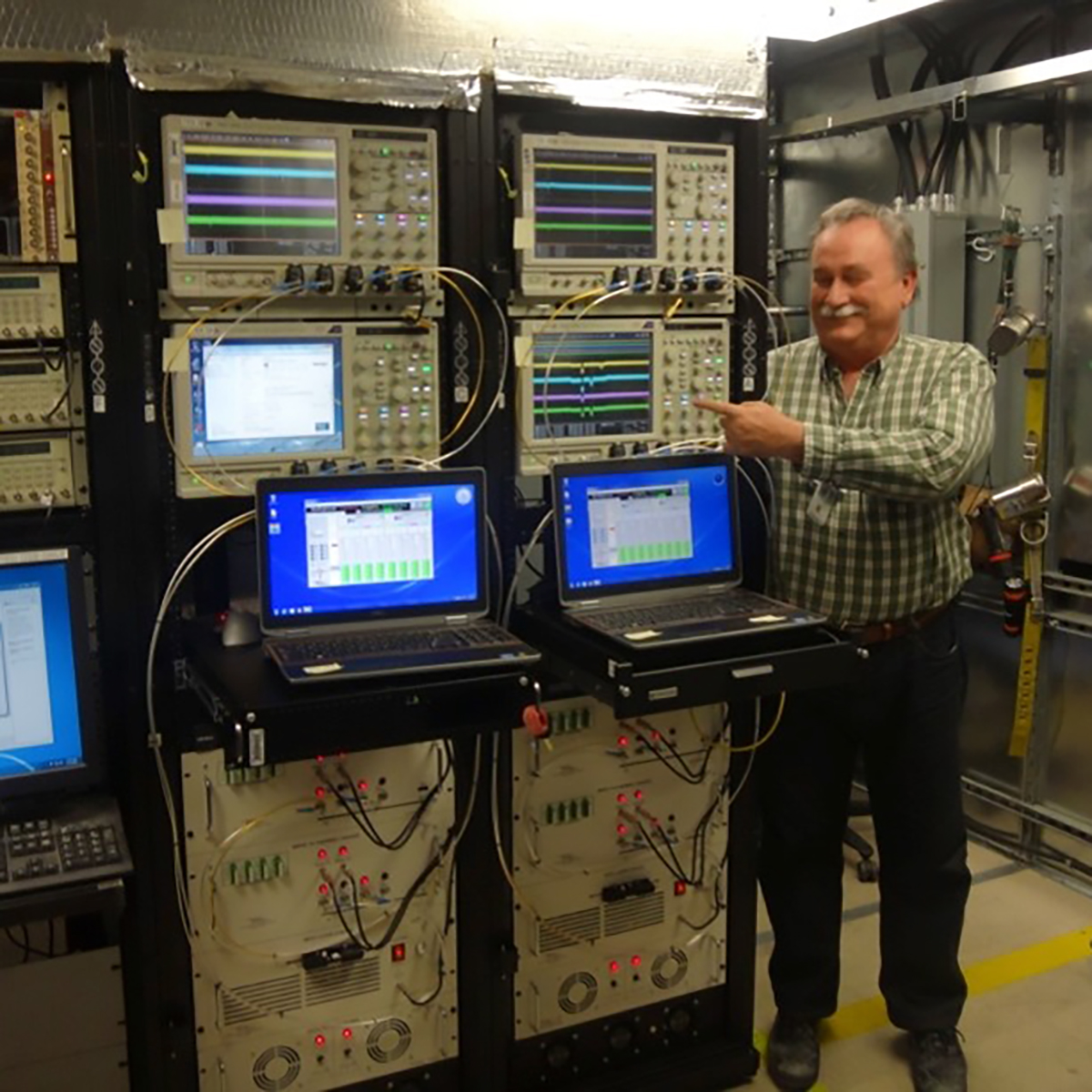
ZEUS
Scientists plan for ZEUS, which stands for Z-pinch Experimental Underground System, to be fully operational in the next few years. The machine system will enable researchers to conduct neutron-diagnosed subcritical experiments—using neutrons as probes to learn more about how materials behave under extreme conditions.
Los Alamos physicist John Lestone created calculations for neutron-diagnosed subcrits that paved the way for ZEUS. “Researchers have envisaged using a neutron-diagnosed concept for decades,” says Lestone, pointing out that technological advances now allow scientists to achieve that goal.
In the ZEUS test bed, a device called a dense plasma focus will compress a deuterium-tritium plasma using a powerful pulsed electrical current. This results in an intense burst of high-energy neutrons that pass through the test device just as it is dynamically compressed using high explosives. The interaction of the neutron pulse with the test weapon creates fission reactions that emit gamma rays. Those gamma rays are captured by a detector, enabling precise measurement of the reactivity of imploding plutonium.. This will allow scientists to measure how close plutonium gets to crossing the threshold for a sustained nuclear reaction as it implodes.
“ZEUS will allow us to study neutron criticality with real weapons configurations and added complexities,” Lestone says. He stresses that the experiments planned for ZEUS will provide much-needed data about plutonium aging and compression and will show how different materials in weapons devices interact and change during detonation.

Scorpius
The Scorpius test bed, which is expected to be operational in the early 2030s, will provide detailed images of what happens near the end of a plutonium implosion. Scientists still have questions about this late stage of the process.
“Scorpius will allow us to do an experiment and have immediate confidence,” Michael Furlanetto, Los Alamos senior director for the Advanced Sources and Detectors project, says. “With Scorpius, we will know more about plutonium in the relevant conditions than we ever knew. We will have the best radiographic source in the world and will get exquisite data to sustain the stockpile.”
When complete, Scorpius, a 400-foot-long linear induction accelerator, will create a series of four electron pulses that produce a series of images revealing how plutonium behaves during the final parts of implosion. Scientists will be able to use Scorpius to conduct tests on full weapons assemblies. “We will be able to see how everything interacts in a real device,” Furlanetto says.
Building Scorpius requires collaboration between Los Alamos, Sandia, and Lawrence Livermore national laboratories, which are each responsible for different aspects of the accelerator, and NNSS, which prepares the underground facility and infrastructure. “I have to stress the expertise and importance of the other two labs and NNSS,” says Furlanetto. “If any of those four weren’t a part of this project, we would have failed.”
Before installing the accelerator underground, scientists are building a shorter version called the Integrated Test Stand aboveground in North Las Vegas, Nevada. This will allow testing of the key accelerator components before transporting it underground. “One of the challenges is building an accelerator in chunks that fit on an elevator,” Furlanetto explains. “There are some places where we have less than an inch of clearance, and we are moving 20,000 pounds of equipment at a time.”

Where it’s headed
Work also continues on installing utilities and infrastructure in the underground facility. “Preparing these devices and this facility and doing it all almost 1,000 feet underground requires a complex interplay of people and processes,” Funk says. “It’s a BHAG—a big, hairy, audacious goal—but we’re making progress. We’re putting an accelerator the length of a football field 1,000 feet below the surface of the Earth in a nuclear facility to study plutonium. It’s a BHAG for sure.”
Meanwhile, with the work underway to make ZEUS and Scorpius a reality, subcrits continue to occur at Cygnus. “We are planning tests for all three testing platforms, building the two new test beds, and carrying out subcrits—all at the same time,” Olson says. “Ultimately, we will have three operating test beds, providing three different types of measurements,” he points out. For now, Los Alamos has subcritical experiments scheduled into the year 2032. “It’s a huge effort, but when we push the button and those few microseconds happen, we will get the data we need.” ★
In 2023, National Security Science released a three-part podcast series about past, present, and future work at the Nevada National Security Sites. Listen here:

